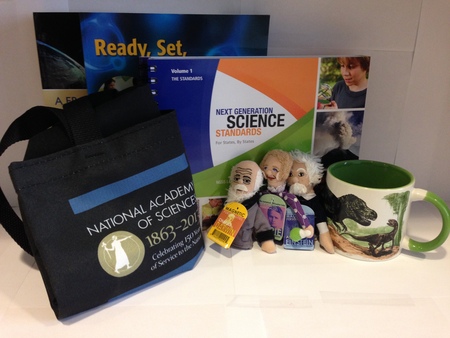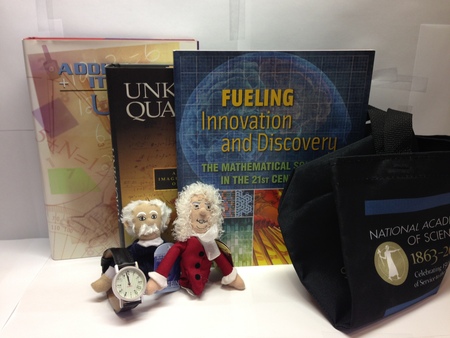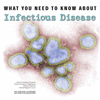
Continuing rapid advances in science and technology have the potential to challenge the oversight systems for responsible conduct of life sciences research with dual use potential – research that may have beneficial applications but that also could be misused to cause harm. Our reports explore the implications and consequences of these technological advances. All are free to read online or download.
Biodefense in the Age of Synthetic Biology
Scientific advances over the past several decades have accelerated the ability to engineer existing organisms and to potentially create novel ones not found in nature. Synthetic biology, which collectively refers to concepts, approaches, and …
Dual Use Research of Concern in the Life Sciences: Current Issues and Controversies
The potential misuse of advances in life sciences research is raising concerns about national security threats. Dual Use Research of Concern in the Life Sciences: Current Issues and Controversies examines the U.S. strategy for reducing …
Human Genome Editing: Science, Ethics, and Governance
Genome editing is a powerful new tool for making precise alterations to an organism’s genetic material. Recent scientific advances have made genome editing more efficient, precise, and flexible than ever before. These advances have spurred an …
Research on gene drive systems is rapidly advancing. Many proposed applications of gene drive research aim to solve environmental and public health challenges, including the reduction of poverty and the burden of vector-borne diseases, such as …
Potential Risks and Benefits of Gain-of-Function Research: Summary of a Workshop
On October 17, 2014, spurred by incidents at U.S. government laboratories that raised serious biosafety concerns, the United States government launched a one-year deliberative process to address the continuing controversy surrounding so-called …
Gain-of-Function Research: Summary of the Second Symposium, March 10-11, 2016
On March 10-11, 2016, the National Academies of Sciences, Engineering, and Medicine held a public symposium on potential U.S. government policies for the oversight of gain-of- function (GOF) research. This was the Academies’ second meeting held …
Emerging and Readily Available Technologies and National Security is a study on the ethical, legal, and societal issues relating to the research on, development of, and use of rapidly changing technologies with low barriers of entry that …
When, in late 2011, it became public knowledge that two research groups had submitted for publication manuscripts that reported on their work on mammalian transmissibility of a lethal H5N1 avian influenza strain, the information caused an …










































































































